ZYS provides high quality bearing products and professional bearing solutions for users in the fields of machine tool, wind power, metallurgy, automobile and rail transportation, construction machinery, etc. ZYS can perform batch production of various bearing products with inner diameter of 0.6mm to outer diameter of 6.8m. In addition to bearings, ZYS can also offer high-speed spindles, precision bearing instruments, bearing testing machines, bearing manufacturing machines and bearing parts.
ZYS precision angular contact ball bearings consist of high-precision angular contact bearings (standard series),super high-speed angular contact ball bearings,high-speed sealed angular contact ball bearings and high-speed spindle bearings.
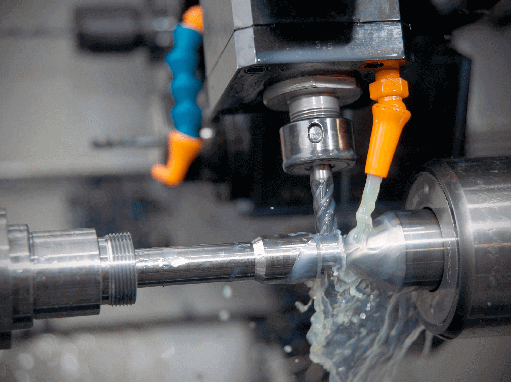
In the metallurgical industry, the working environment of rolling mills, continuous casting machine or converters is really harsh. These conditions require bearings to withstand the harsh effects of heavy load, high temperature, dust and water. In order to meet the requirements of metallurgical industry, ZYS R & D teamhas developed bearings products with high quality, high precision and long service life and also can offer the bearing solutions for manufacturers in the metallurgical industry.

ZYS large-size heavy duty precision bearings are manufactured in our second industry park,which covers 133,333㎡ with total investment of 438 million RMB.
The inner ring,outer ring and rolling elements of bearing under normal working conditions are made of high carbon chromium bearing steel.To meet the special requirements,such as super high speed,wear-resisting,low temperature rising,long life and high reliability etc.,it’s suggested to use hybrid ceramic ball bearings.

ZYS has been committed to the research and development of bearings for rail transportation for a long time to meet the increasing requirements for rail transportation,such as higher speed,load,reliability and etc.
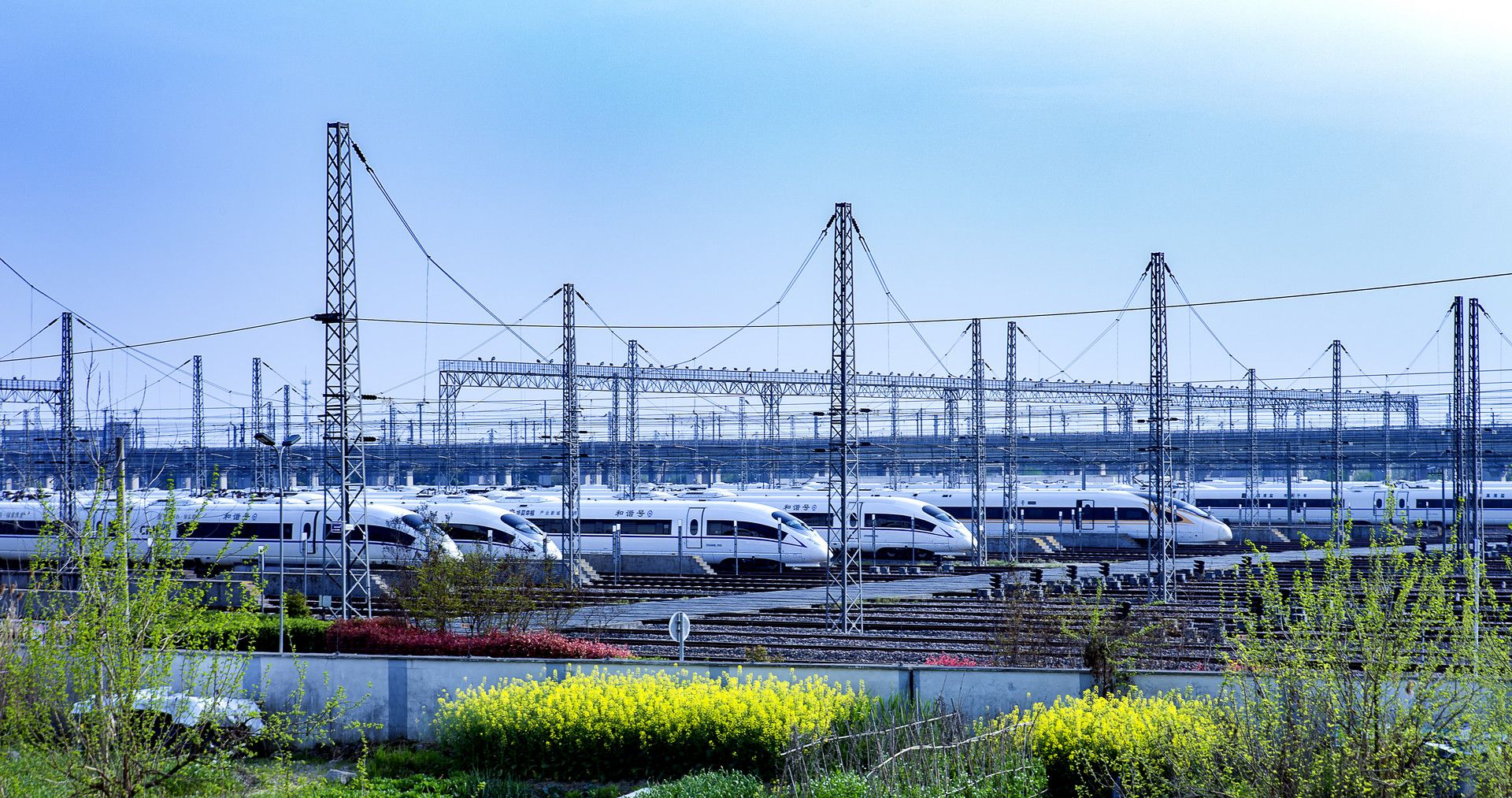
ZYS plays an leading role in aerospace bearing industry of China,We has successfully accomplished the bearing assemblies for “Dong fang hong” series man-made satellite,manned spacecraft series from “Shenzhou Ⅰ” to “Shenzhou Ⅹ”,“Chang’E” lunar exploration program,successful docking from “Shenzhou Ⅷ” and “Shenzhou Ⅸ” to Tiangong target aircraft.

ZYS automobile bearings include tapered roller bearings,cylindrical roller bearings,deep groove ball bearings and angular contact ball bearings,among which clutch bearings and the hub bearings units of the first,second and third generation are mainly used to gear box,axles,transmission system and other parts of all kinds of automobiles.We have conducted thorough research on wheel hub bearings,clutch release bearing,constant velocity cardan joint,gear box bearings and etc

ZYS can supply batch production of various bearing manufacturing equipments,like CNC cutting equipments and automatic production line for bearing rings,automatic grinder,superfinishing machine,precision cold rolling machine for bearing rings,semi-automatic multi-purpose grinder for miniature ball bearing rings and other precision manufacturing equipments for bearing.
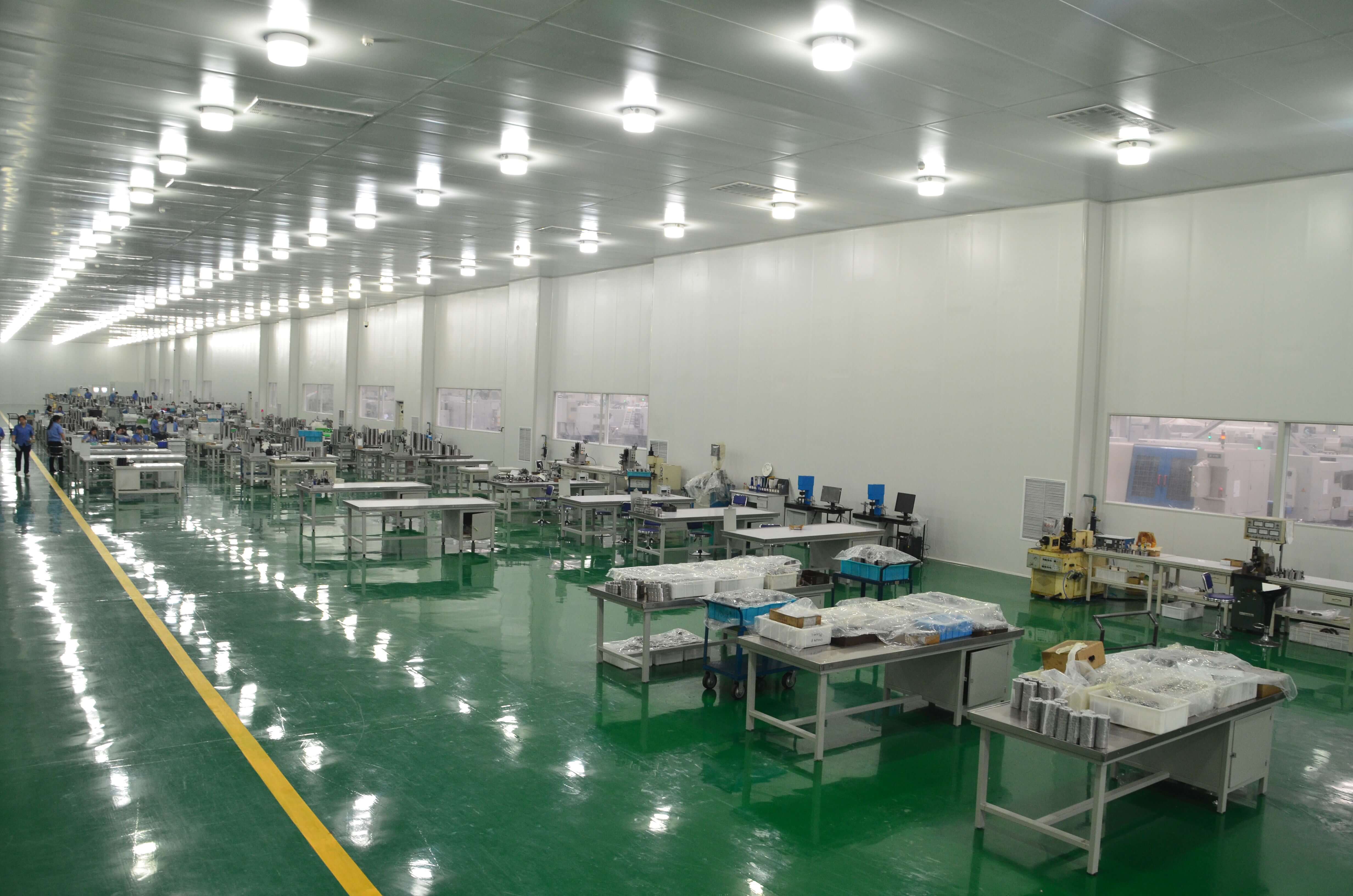
Besides all kinds of bearing products,bearing measuring machines are also our main products,which have been exported to India,Iran,Romania,Brazil and many other countries.Our main measuring machines include the instruments for measuring the dimension accuracy,roundness,profile and roughness of bearing parts,the instruments for inspecting bearing performance and other instruments used to automatically inspect and control various parameters during manufacturing process.These instruments are widely used in bearing workshops,inspection stations,measuring room and assembly factories.

ZYS has conducted in-depth research on bearing testing technology and reliability theory of all kinds of bearings,engaging in the development and manufacture of bearing testing equipments and undertaking the simulation testing,life testing and other performance tests for all kinds of bearings.We can also develop and manufacture the simulation testing machines in full-automatic control for the bearings used in various machineries (aviation,spaceflight,railway,automobile,motorcycle,machine tool,motor,etc.)

Since 1958, ZYS has been committed to the research and development of “high-tech, precise, cutting-edge, specialized and special” bearings, and relevant products. Our products have been used for mining, metallurgy, wind turbine generator, machine tool, machinery, medical treatment, automobile, rail transport, etc.
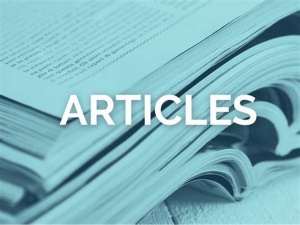
In industrial machinery and engineering systems, where high radial loads and compact design are key requirements, double row cylindrical roller bearings provide an ideal solution. These bearings are engineered to deliver enhanced load capacity, rigidity, and reliability across a range of high-performance applications.What Are Double Row Cylindrical Roller Bearings?Double row cylindrical roller bearings consist of two rows of cylindrical rollers positioned between an inner and outer ring. Compared to single row designs, they offer:Higher radial load capacityImproved stiffness for precise shaft guidanceCompact solutions in limited axial spaceThese bearings are suitable for applications requiring high load handling with minimal axial displacement. While they typically do not support axial loads, certain designs can accommodate limited axial movement depending on ring configurations.Design Variants and FeaturesDouble row cylindrical roller bearings are available in several designs, such as:NN and NNU series: Feature separable inner and outer rings for easy mounting and dismounting.With or without flanges: Bearings may have flanges on one or both rings, guiding the rollers in specific directions and controlling axial displacement.With cages or full complement: Bearings with cages allow higher speeds, while full complement types offer maximum load capacity at reduced speed ratings.Advantages of Double Row Cylindrical Roller BearingsThese bearings are especially valued in precise and heavy-duty applications for their:High Load Capacity: The dual rows of rollers distribute stress efficiently across the raceway.Compact Design: Enables high radial performance in limited space environments.High Rigidity: Reduced deflection under heavy loads, critical for machine tool spindles and gearboxes.Separable Components: Simplify installation, inspection, and maintenance.Common ApplicationsDouble row cylindrical roller bearings are used across industries that demand durability and precision:Machine tool spindles: Where high rotational accuracy and rigidity are essential.Steel and metalworking mills: For handling high radial loads and harsh operating conditions.Electric motors and generators: To ensure low friction and long service life under continuous operation.Gearboxes and pumps: Where space constraints and load demands require a compact, robust bearing solution.Selection Tips for EngineersWhen choosing a double row cylindrical roller bearing, consider the following:Load Requirements: Evaluate both radial and any incidental axial loads.Speed Capability: Choose between caged or full complement based on operating speed.Mounting Conditions: Ensure alignment and fit tolerances are within specification.Lubrication: Select proper grease or oil lubrication to suit the application environment.Improper mounting and lubrication are among the most common causes of premature bearing failure—so following manufacturer guidelines is critical.ConclusionDouble row cylindrical roller bearings are a reliable and efficient choice for high-load, high-precision applications. Their unique design provides excellent radial load handling, structural rigidity, and longer service life when properly applied. By understanding their capabilities and selecting the correct specifications, engineers can significantly enhance machine performance and reliability.Contact usLooking for high-quality cylindrical roller bearings? At Luoyang Bearing Research Institute Co., Ltd., we offer a wide range of double row cylindrical roller bearings with custom options to meet your engineering needs. Contact our team today for support with selection and pricing.
2025-12-08 10:25:00 move
Understanding Double Row Cylindrical Roller Bearings: Design, Benefits, and Applications
2025-12-08 10:25:00In industrial machinery and engineering systems, where high radial loads and compact design are key requirements, double row cylindrical roller bearings provide an ideal solution. These bearings are engineered to deliver enhanced load capacity, rigidity, and reliability across a range of high-performance applications.What Are Double Row Cylindrical Roller Bearings?Double row cylindrical roller bearings consist of two rows of cylindrical rollers positioned between an inner and outer ring. Compared to single row designs, they offer:Higher radial load capacityImproved stiffness for precise shaft guidanceCompact solutions in limited axial spaceThese bearings are suitable for applications requiring high load handling with minimal axial displacement. While they typically do not support axial loads, certain designs can accommodate limited axial movement depending on ring configurations.Design Variants and FeaturesDouble row cylindrical roller bearings are available in several designs, such as:NN and NNU series: Feature separable inner and outer rings for easy mounting and dismounting.With or without flanges: Bearings may have flanges on one or both rings, guiding the rollers in specific directions and controlling axial displacement.With cages or full complement: Bearings with cages allow higher speeds, while full complement types offer maximum load capacity at reduced speed ratings.Advantages of Double Row Cylindrical Roller BearingsThese bearings are especially valued in precise and heavy-duty applications for their:High Load Capacity: The dual rows of rollers distribute stress efficiently across the raceway.Compact Design: Enables high radial performance in limited space environments.High Rigidity: Reduced deflection under heavy loads, critical for machine tool spindles and gearboxes.Separable Components: Simplify installation, inspection, and maintenance.Common ApplicationsDouble row cylindrical roller bearings are used across industries that demand durability and precision:Machine tool spindles: Where high rotational accuracy and rigidity are essential.Steel and metalworking mills: For handling high radial loads and harsh operating conditions.Electric motors and generators: To ensure low friction and long service life under continuous operation.Gearboxes and pumps: Where space constraints and load demands require a compact, robust bearing solution.Selection Tips for EngineersWhen choosing a double row cylindrical roller bearing, consider the following:Load Requirements: Evaluate both radial and any incidental axial loads.Speed Capability: Choose between caged or full complement based on operating speed.Mounting Conditions: Ensure alignment and fit tolerances are within specification.Lubrication: Select proper grease or oil lubrication to suit the application environment.Improper mounting and lubrication are among the most common causes of premature bearing failure—so following manufacturer guidelines is critical.ConclusionDouble row cylindrical roller bearings are a reliable and efficient choice for high-load, high-precision applications. Their unique design provides excellent radial load handling, structural rigidity, and longer service life when properly applied. By understanding their capabilities and selecting the correct specifications, engineers can significantly enhance machine performance and reliability.Contact usLooking for high-quality cylindrical roller bearings? At Luoyang Bearing Research Institute Co., Ltd., we offer a wide range of double row cylindrical roller bearings with custom options to meet your engineering needs. Contact our team today for support with selection and pricing.
move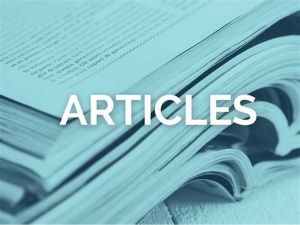
The Engineer’s Guide to Cylindrical Roller Bearings: Selection and Application Insights
2025-12-01 10:13:21Cylindrical roller bearings are one of the most commonly used bearing types in industrial applications due to their high load-carrying capacity and ability to operate at relatively high speeds. Unlike ball bearings, they use cylindrical rollers to distribute loads over a larger surface area, which allows them to support heavier radial loads with minimal friction.What Are Cylindrical Roller Bearings?Cylindrical roller bearings consist of inner and outer rings with cylindrical rollers positioned between them. These bearings are designed to handle heavy radial loads and are typically used in applications where space constraints are tight and high precision is essential.There are several design variations, including:Single row cylindrical roller bearings: Ideal for high-speed applications with moderate radial loads.Double row and four row designs: Provide increased load capacity and stiffness, commonly used in large gearboxes and rolling mills.Full complement cylindrical roller bearings: Contain maximum number of rollers for very high load capacity, but lower speed capability.Key Factors in Selecting Cylindrical Roller BearingsChoosing the right cylindrical roller bearing involves evaluating several critical parameters:Load Requirements: These bearings excel in handling radial loads but are not ideal for heavy axial loads unless specific designs are selected.Speed Limits: Bearings with cages can run at higher speeds compared to full complement designs.Alignment and Misalignment: Cylindrical roller bearings are sensitive to misalignment. For applications where shaft deflection is expected, consider bearings with modified geometry or floating ring designs.Lubrication: Proper lubrication is critical to performance, especially in high-speed or high-temperature environments.Mounting and Disassembly: Many cylindrical roller bearings are separable, making installation and maintenance easier.Applications of Cylindrical Roller BearingsCylindrical roller bearings are widely used in:Electric motors and generators: For their low friction and high-speed capability.Gearboxes and transmissions: Where high radial loads and compact design are required.Steel mills and paper machinery: Due to their ability to support heavy loads and resist wear under harsh conditions.Railroad axle boxes and wind turbines: Where durability and precision are crucial over long service lives.Tips for Optimal PerformanceTo maximize the life and reliability of cylindrical roller bearings:Ensure proper shaft and housing alignment to avoid internal stress on the rollers.Choose the correct clearance class based on operating temperature and speed.Use high-quality lubricants and consider automatic lubrication systems for continuous operation.Regularly inspect bearings for signs of wear, noise, or vibration.ConclusionCylindrical roller bearings offer a versatile and robust solution for engineers dealing with demanding radial load applications. By understanding the different designs, load capacities, and performance factors, you can select the most appropriate bearing for your system and ensure long-term reliability.Contact usAt Luoyang Bearing Research Institute Co., Ltd., we supply precision-engineered cylindrical roller bearings for a variety of industries. Whether you’re designing a high-speed motor or a heavy-duty gearbox, our engineering team is ready to help you find the right solution. Contact us today for product specifications and technical support.
move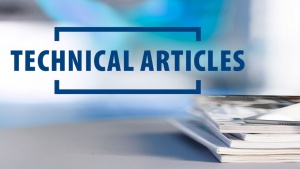
What is a One Way Bearing? | Key Working Principles & Applications
2025-11-24 15:02:41A one way bearing—also known as a one way clutch, overrunning clutch, or sprag clutch bearing—is a mechanical device that allows rotation in one direction while preventing motion in the opposite direction. These bearings are widely used in applications where torque needs to be transmitted in one rotational direction only, such as in conveyor systems, starter motors, bicycles, and industrial machinery.How Does a One Way Bearing Work?The working principle of a one way bearing is relatively simple but highly effective. It typically consists of rolling elements (like sprags or rollers) that engage the inner and outer races when rotation occurs in the "lock" direction. When the shaft spins in the opposite direction, the rolling elements disengage, allowing free rotation or "overrunning."There are several types of one way bearings:Sprag Clutch Bearings – Use wedge-shaped elements (sprags) that tilt and lock between the races.Roller Ramp Clutches – Use cylindrical rollers and a ramped surface to lock in one direction.Cam Clutch Bearings – Utilize cam mechanisms to engage and disengage.Each type is designed for different torque loads, speed ranges, and environmental conditions.Common Applications of One Way BearingsOne way clutch bearings are used in various industries due to their reliability and versatility. Some common applications include:Starter Motors in Vehicles: Used to transmit torque during engine start-up and then disengage.Conveyor Systems: Prevent backward movement of belts or rollers.Bicycles (Freewheel Mechanism): Allow the wheel to spin even when the pedals are stationary.Printing Equipment: Ensure unidirectional paper feeding.Automated Manufacturing Systems: For indexing and load-holding during mechanical cycles.Benefits of Using One Way BearingsPrevents Reverse Rotation: Ideal for safety and mechanical efficiency.Compact Design: Saves space in mechanical assemblies.High Reliability: Minimal maintenance needed in most applications.Energy Efficiency: Reduces drag and wear by allowing free rotation when needed.How to Select the Right One Way BearingWhen choosing a one way bearing for your application, consider the following factors:Load and Torque RequirementsRotational SpeedDirection of LoadEnvironmental Conditions (temperature, moisture, dust)Mounting ConfigurationIt's also advisable to consult with ZYS bearing specialist or refer to our specifications to ensure optimal performance.A one way bearing is a critical component in many mechanical systems where controlled directional movement is essential. Whether you're working with an industrial conveyor, a vehicle starter, or a high-speed printing press, understanding how these bearings work can help you choose the right solution for your needs.If you're looking for high-quality one way clutch bearings, sprag clutches, or other bearing solutions, feel free to contact our team for expert guidance and reliable sourcing.
move